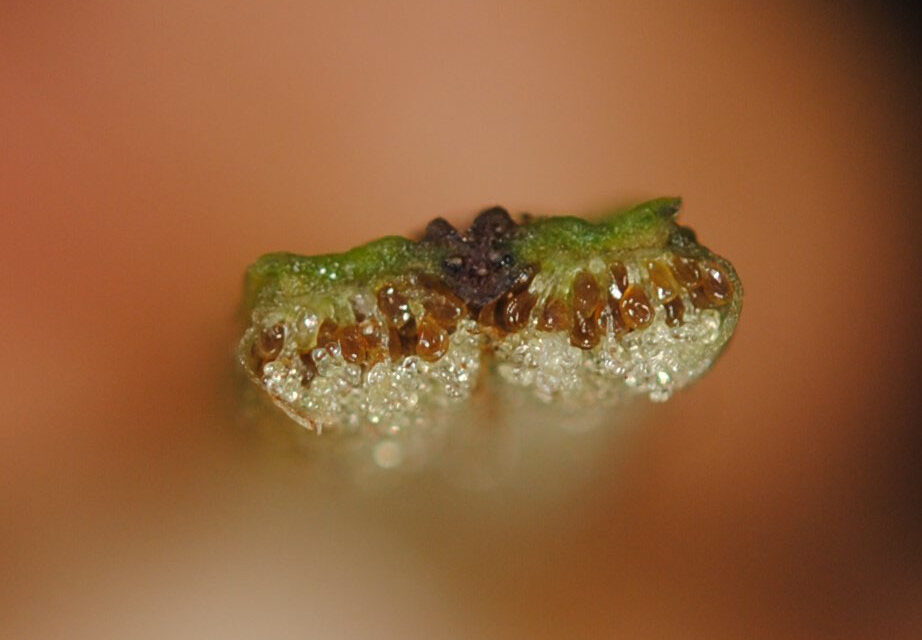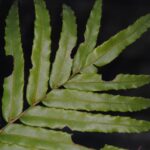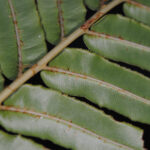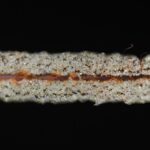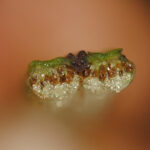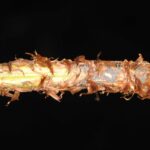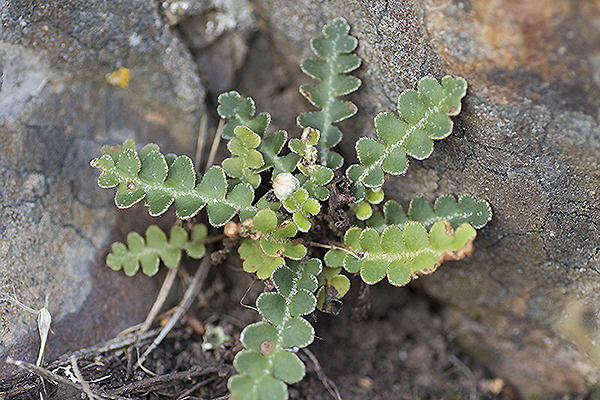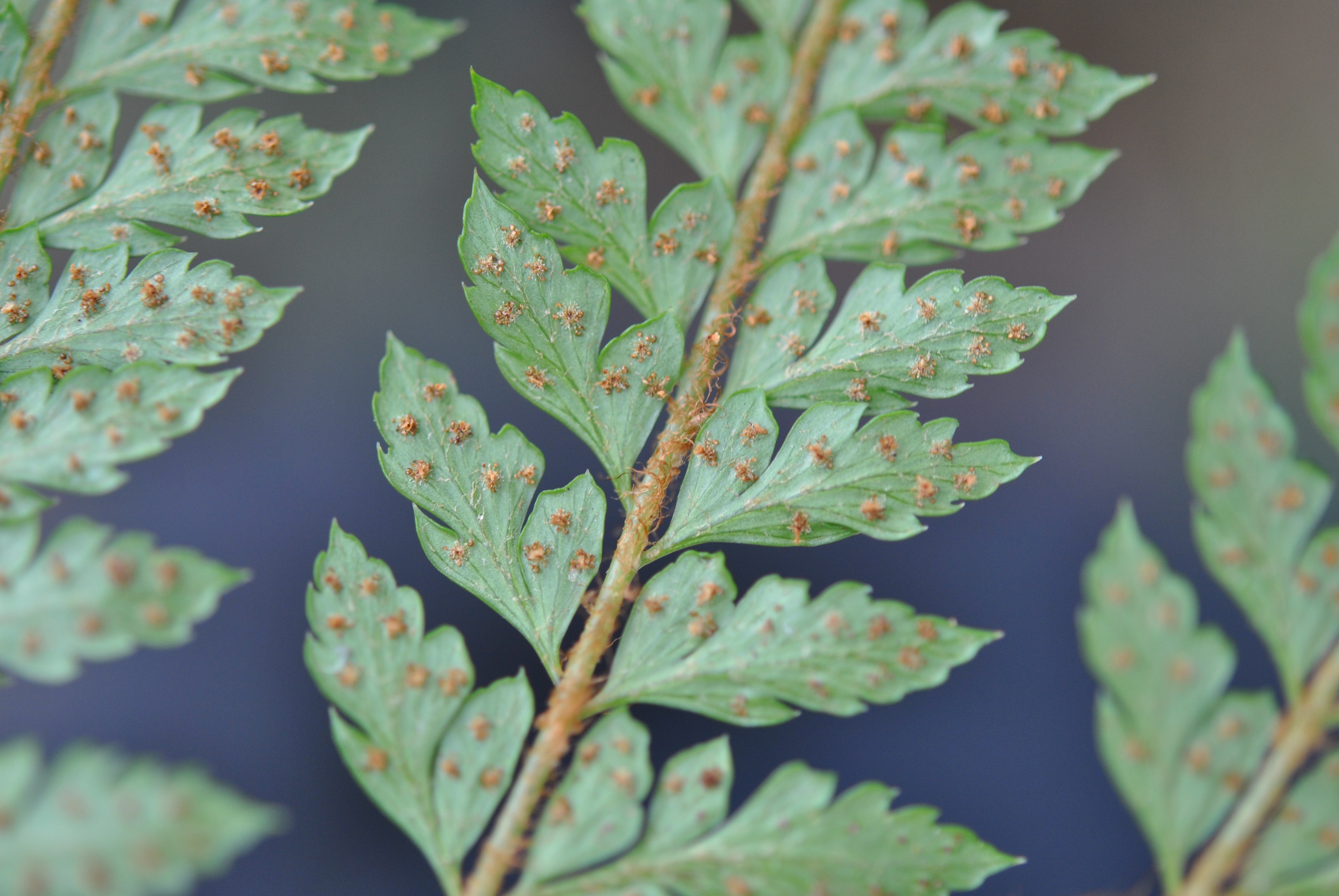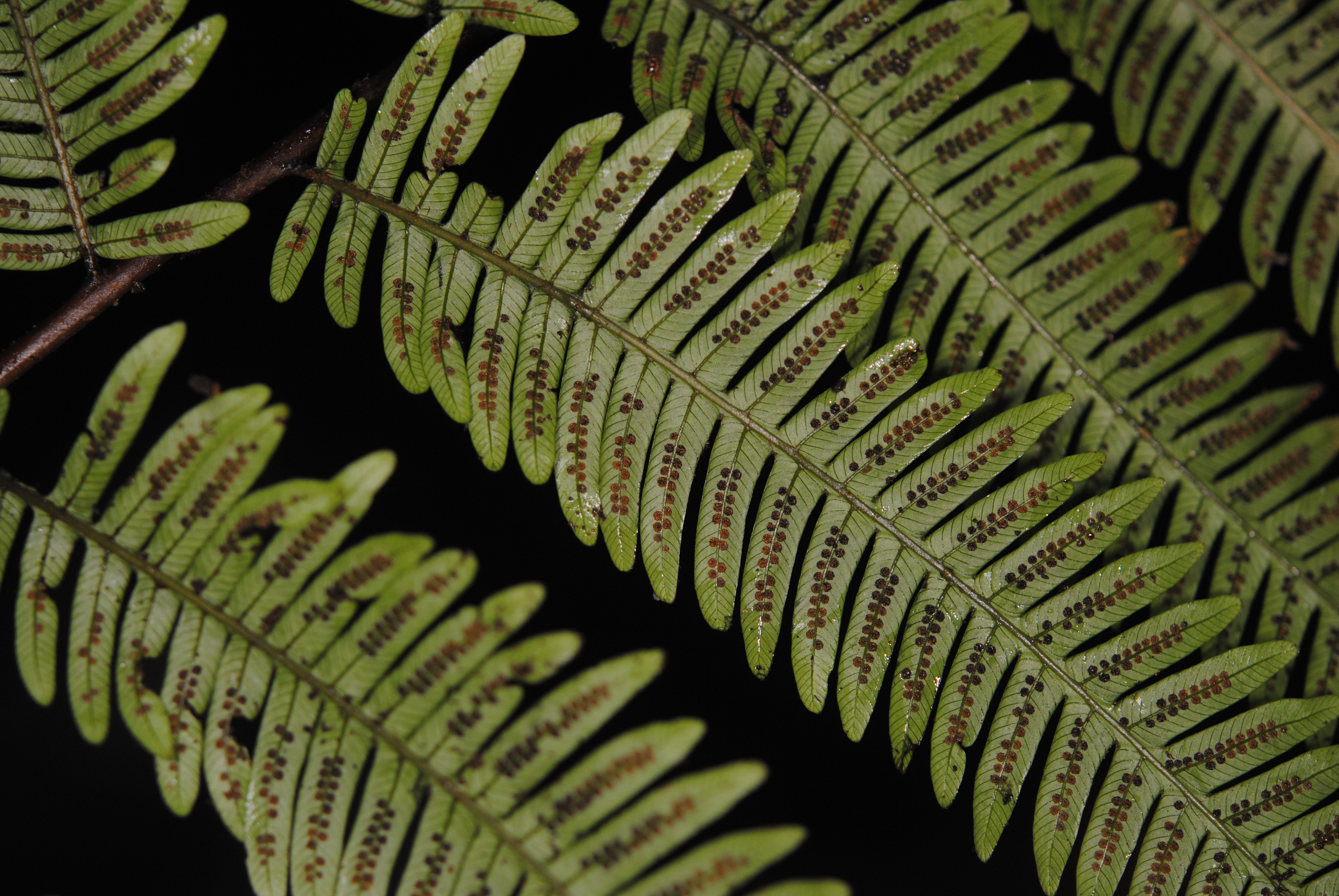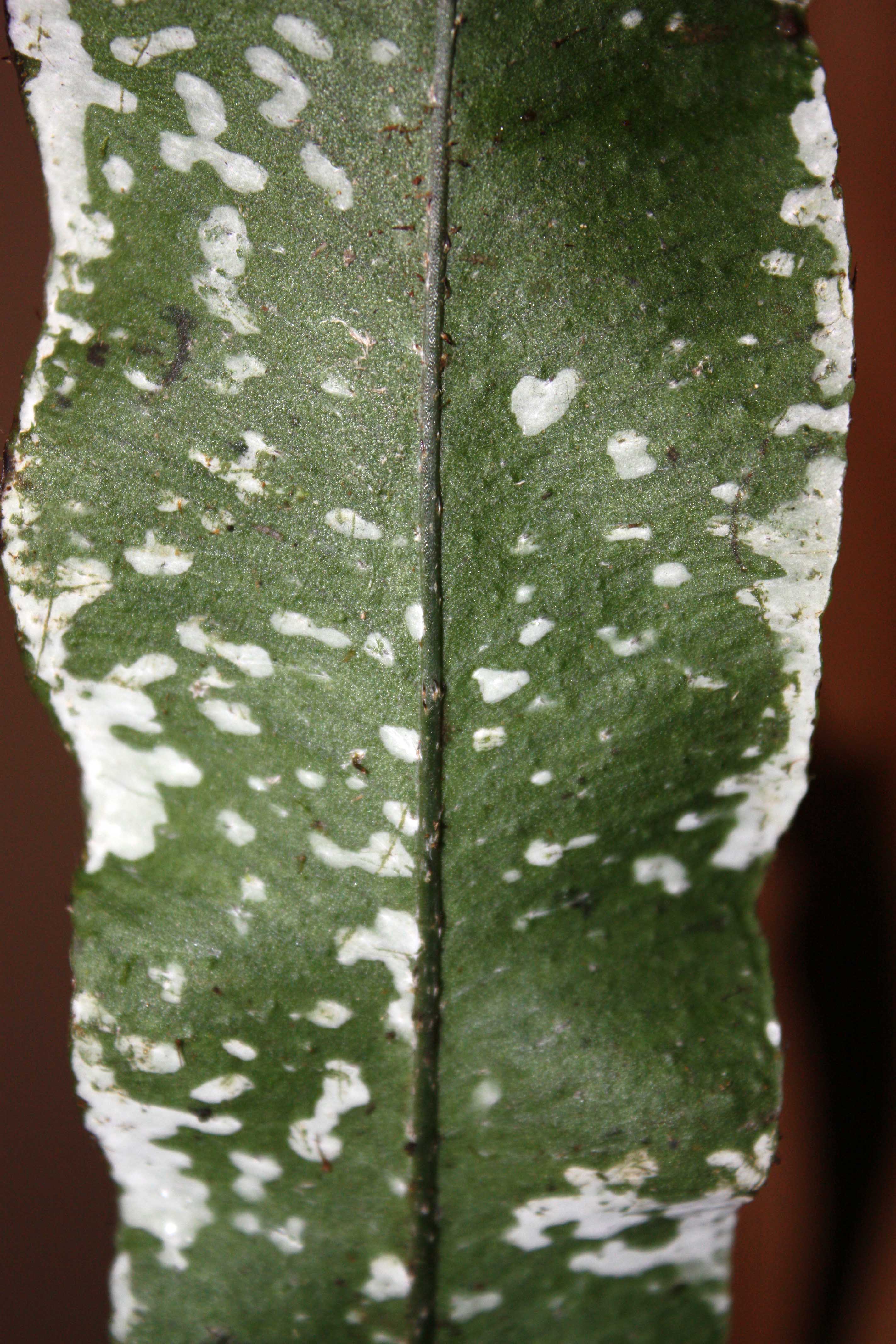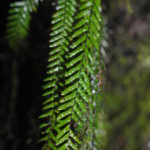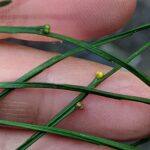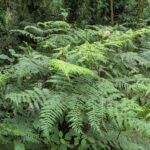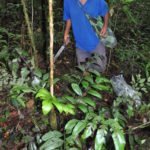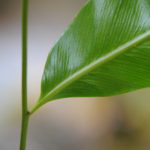The fertile pinnae of Parablechnum nesophilum are conspicuously shiny and look like they are covered in granulated sugar. This is caused by translucent paraphyses that appear to protect the young developing sporangia. As far as I am aware, this is the first report of paraphyses in the Blechnaceae. Further observations are encouraged to determine which other species also have them.
Collection Data (M. Sundue & H. Maraia 4251)
Classification & Common Names
- Class: Polypodiopsida
- Family: Blechnaceae
- Genus: Parablechnum C. Presl
- Species: Parablechnum nesophilum (T.C.Chambers & P.A.Farrant) Gasper & Salino
- Var./Subsp.:
- Common name(s):
General Collection Data
- Date: 05-XI-2016
- Primary Collector & #: M. Sundue & H. Maraia 4251
- Collection Party: Irene Engilis, Alan Hitch, Ed de Vogel, John Trochet, Nittya Semard, Allen Allison, Raymon Joshua, Kore Maraia, Dabio, Alois Gambia
- Det. History: M. Sundue
- Habitat: Castanopsis forest
- Habit: Terrestrial
- Specimen Locations: LAE, VT
Additional Comments
Collection Location
- Location: Wild Dog Camp - former site of SINIVIT Wild Dog Mine – – – East New Britain – Papua New Guinea.
- Coordinates: S4.62616° E152.04406°
- Elevation: 1012 m

